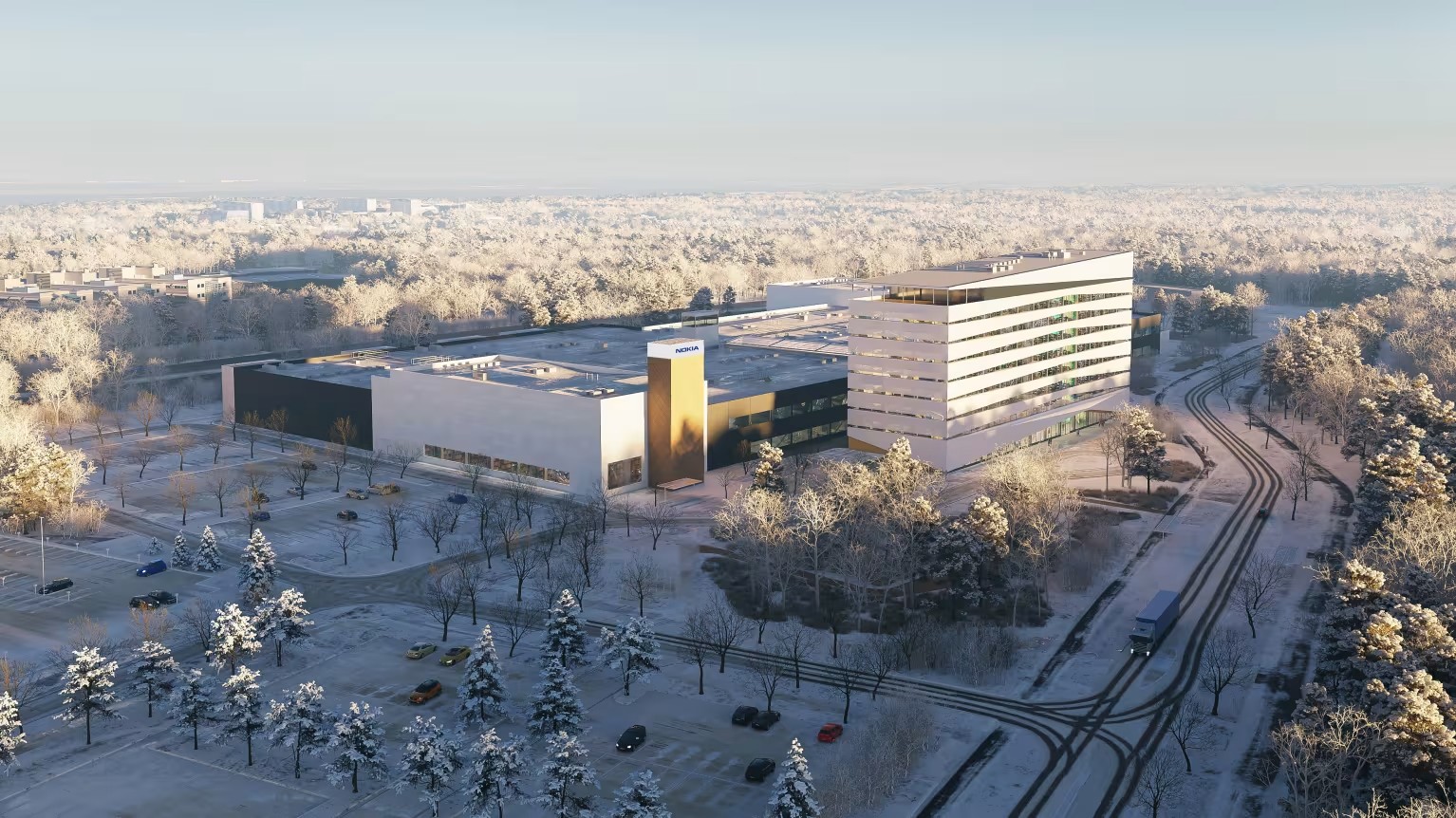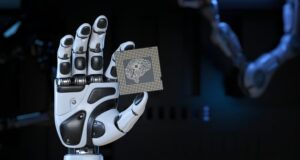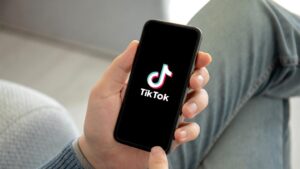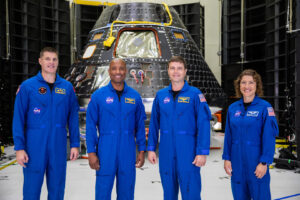FEATURE:ô Onlyô five months afterô becomingô CEO, Justin Hotardô initiatedô a newô phaseô for Nokiaô byô officiallyô launchingô aô ãcutting-edgeãô R&D and manufacturingô facilityô in Oulu,ô Finland.
Referredô toô as ãthe home ofô radio,ã thisô remarkableô new facility hasô takenô five yearsô toô develop,ô beginningô in 2020, with constructionô commencingô in June 2022 andô finishingô in May this year.
Mobile World Live (MWL) wasô givenô theô opportunityô toô exploreô the campus on Thursday (4 September),ô oneô dayô priorô toô Hotard’sô officialô ribbon-cuttingô ceremonyô thatô inauguratedô the site atô anô extravagantô eventô gracedô by Finnishô Prime Minister Alexander Stubb andô representativesô from the Finnish government.
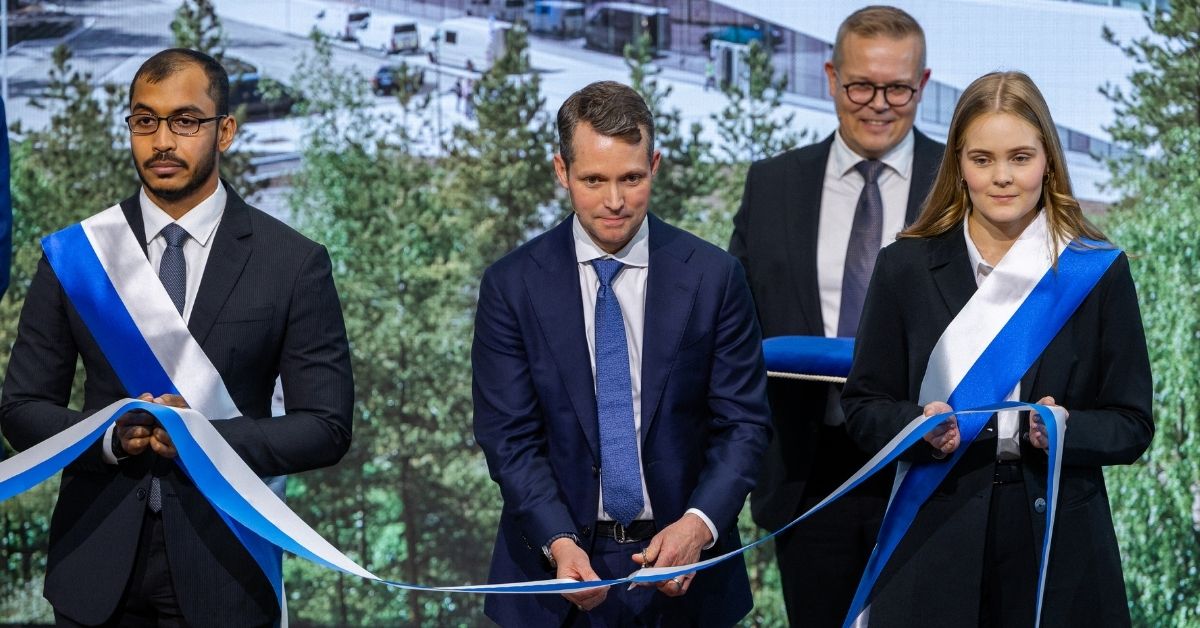
Asô notedô duringô the two-day visit, theô inaugurationô representsô anô importantô milestoneô for Oulu, Finland, Nokia, and Hotardô personally,ô as theô organizationô aimsô ãtoô provideô next-generation networksô designedô for AI.ã
Ex-Intel executive Hotard (center, left) took on the Nokia role amid a tense geopolitical climate. and aô changingô tariffô environment,ô withô highô hopesô regardingô hisô capacityô toô driveô the company’s AIô goals,ô leverageô the dataô centerô potential,ô andô increaseô effortsô beyond a stagnant communications infrastructureô sector.
Certainly,ô duringô hisô initialô months in theô position,ô Hotard hasô aimedô toô initiateô changesô ãô suggestingô aô reorganization,ô withô furtherô detailsô anticipatedô in November.ô He has alsoô emphasizedô theô necessityô for the vendor toô vigorouslyô seekô opportunitiesô arisingô fromô the AI supercycle andô indicatedô he wasô willingô toô moveô aô largerô portionô of Nokiaãsô manufacturingô to the US toô mitigateô the tariffô risk.
Duringô a briefing for theô majorô campusô launch,ô Hotardô emphasizedô theô crucialô roleô of the newô facility’sô location,ô highlightingô itsô importance forô “technologyô innovation strategically for Nokia, Finland, of course for Europe, andô frankly,ô for the democraticô world.ã
ãIô believeô weô understandô that,ô fromô aô geopoliticalô standpoint,ô possessingô thisô typeô of technology,ô ongoingô investment in technology, and the commitmentô weô areô showingô in Nokia isô farô moreô important.ãô Andô forô whatô reason?ô Asô youô gazeô intoô theô future,ô weô areô atô theô beginningô ofô theô AIô supercycle,ô andô connectivityô willô onlyô growô inô importance.
Ouluô Opening.
Spanningô 55,000ô squareô meters,ô theô campusô willô houseô 3,000ô Nokiaô staffô membersô andô featureô aô manufacturingô facility,ô researchô andô developmentô labs,ô officeô areas,ô andô aô rooftopô saunaô inô lineô withô Finnishô customs.
Nokiaô aimedô toô highlightô theô advantagesô forô theô supplyô chainô ofô consolidatingô R&D and manufacturingô together,ô whileô alsoô placingô significantô emphasisô onô sustainabilityô efforts.ô Theô campusô operatesô entirelyô onô renewableô energyô andô featuresô anô on-siteô energyô facilityô thatô isô amongô theô largestô CO2-basedô districtô heatingô andô coolingô systemsô globally.ô Anyô surplusô energyô isô utilizedô toô warmô 20,000ô homesô inô Oulu.
Duringô theô tour,ô MWLô wasô allowedô toô enterô theô factoryô space,ô whichô operatesô withô aô mixô ofô automatedô robotsô andô 400ô humanô workers,ô andô willô serveô forô theô Newô Productô Introductionô (NPI)ô ofô Nokia’sô 5Gô radioô andô basebandô products.
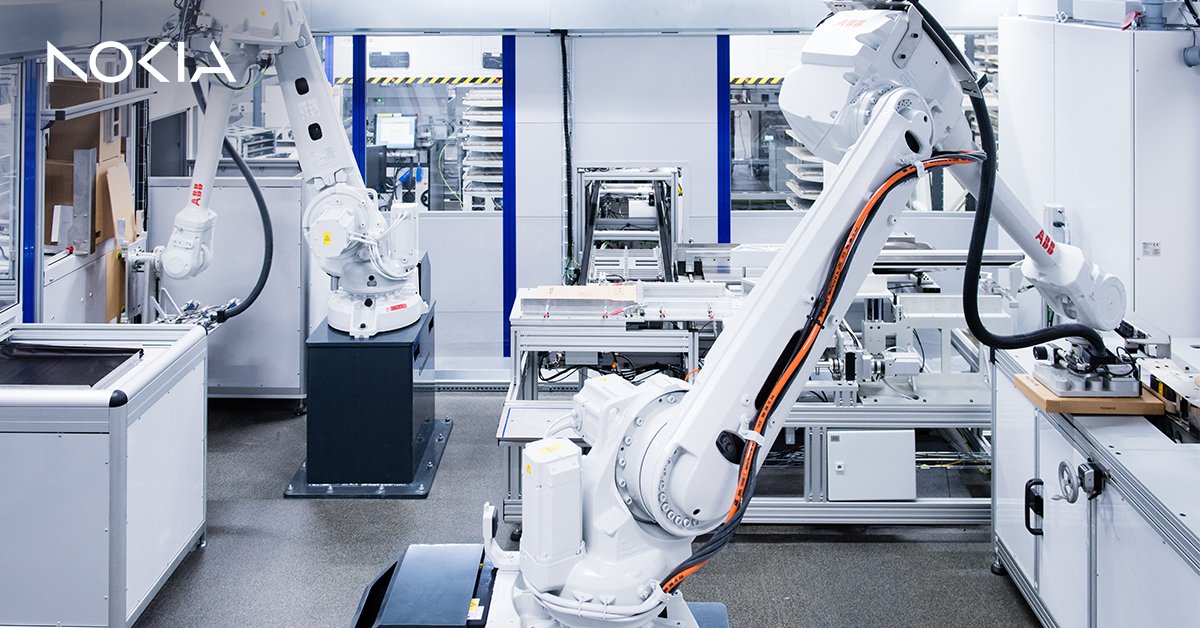
Additionalô showcasedô areasô includedô anô R&Dô labô andô facilitiesô forô productô verificationô andô testing,ô certifiedô byô internationalô regulatorsô forô radioô frequencyô validationô underô extremeô temperatures.
Outsideô theô remarkableô newô location,ô Ouluô hostsô twoô additionalô facilities:ô theô OuluZoneô fieldô verificationô areaô thatô theô vendorô utilizesô for radioô development.
systemsô forô civilianô andô militaryô purposesô inô cooperationô withô educationalô institutions,ô startups,ô andô NATOãsô DIANAô 6Gô initiative.
Weô alsoô touredô anô over-the-airô validationô siteô (Otava)ô thatô testsô itsô networksô inô simulatedô real-worldô conditions,ô suchô asô Arcticô environments.
Life Cycle.
Inô anô interviewô withô MWL,ô Jarrkoô Pyykkonen,ô leaderô ofô Ouluô Technologyô Campus,ô statedô thatô theô centerô deservesô toô beô recognizedô asô theô homeô ofô radioô dueô toô effortsô aimedô atô encompassingô theô fullô lifecycleô ofô 5Gô andô upcomingô 6Gô radioô advancements,ô makingô sureô networksô areô designed,ô constructed,ô andô evaluatedô inô Europe.
Pyykkonenô highlightedô thatô theô siteô offersô essentialô supportô forô Nokia’sô ongoingô effortsô toô spearheadô advancementsô in theô mobileô industry,ô encompassingô System-on-Chipô design,ô softwareô creation,ô patentô andô standardizationô initiatives,ô alongô withô baseô stationô hardware.
Reiteratingô Hotard,ô heô mentionedô thatô remainingô inô Europeô wasô crucialô dueô to theô groundworkô establishedô byô theô vendorô overô manyô years.
ãWhenô Iô considerô intricateô technologiesô suchô asô 5Gô andô nowô 6G,ô itô doesnãtô occurô byô chance.ãô Itô necessitatesô strongô foundations,ô extensiveô experience,ô anô operationalô ecosystemô thatô involvesô researchô partnershipsô withô otherô firms,ô andô smoothô cooperationô withô cityô officials,ô particularlyô inô Oulu.ô Thisô isô theô mainô reasonô Nokiaô isô makingô investmentsô inô thisô area. ãAô solidô backgroundô fromô theô pastô andô anô impressiveô historyô too.ã
Significanceô ofô Researchô andô Development.
Afterô the companyô hadô toô lowerô its 2025ô forecastô in itsô recentô financialô report,ô Hotard already hasô significantô challengesô aheadô toô improveô theô situation.
Nokia executivesô overseeingô the tour wereô secretiveô aboutô the newô siteãsô cost,ô merelyô mentioningô itô isô part of a ã˜150 billion investmentô in R&D the companyô hasô madeô since 2000.
Hotardô recognizedô Nokiaãsô solidô foundations,ô statingô he had notô joinedô a company inô ãcrisis.ã Hotardô acknowledgesô theô significanceô ofô R&D,ô butô heô suggestedô thatô it’sô wiserô toô concentrateô notô onô theô amountô ofô investmentô butô onô ãwhereô weô areô investingô andô whereô weô areô beingô productive.ã
Theô executiveô statedô that,ô particularlyô inô theô telecomô sector,ô the investmentô choicesô madeô todayô willô undoubtedlyô becomeô evidentô inô theô nextô fiveô toô tenô years,ô revealingô R&Dô inô tangibleô productsô then.
ãClearly,ô whenô weô identifyô chancesô toô fosterô long-termô growthô andô value,ô weô willô allocateô resourcesô to R&D.ô Itãsô consistentlyô aboutô maintainingô balanceô andô discipline.ãô “Itãsô notô aboutô theô exactô metrics,ô butô ratherô whereô youô chooseô to investô yourô effortsô andô trulyô exploreô that.”
Regardingô regions,ô Hotardô highlightedô theô significanceô ofô theô US,ô whichô heô referredô toô asô Nokia’sô ãsecondô home,ãô notingô thatô theô numberô ofô employeesô inô theô countryô surpassesô thatô ofô Finland.
Hotardô aimsô toô ãinvestô inô regionsô thatô weô believeô possessô geopoliticalô stabilityã,ô emphasizingô aô ãrobustô historyô ofô foreignô R&Dãô inô theô US,ô Europe,ô India,ô andô Japan.
Presidentô ofô Mobileô Networksô Tommiô Uittoô statedô thatô Nokiaô isô ãveryô carefulãô regardingô itsô investmentsô andô hasô aô procedureô toô identifyô theô countriesô whereô itô marketsô itsô productsô andô conductsô operations.ô “Thereô isô noô middleô ground.”
Protection, Business.
In his speech, Uittoô highlightedô severalkey focus areas for his division andô the companyô movingô ahead,ô as mobileô technologyô keepsô evolving.
Inô additionô toô urgingô aô robustô displayô ofô powerô fromô the European Union inô reactionô to aô likelyô ban in China, Uittoô pointedô outô twoô rapidlyô expandingô marketô sectorsô thatô mightô balanceô a “flatish” operator segment.

Uittoô initiallyô discussedô private wireless forô businessesô andô industries,ô notingô thatô the company had beenô providingô solutions toô ãseveralô majorô oil, gas, and water companies,ã whileô suggestingô significantô collaborationsô in the railwayô industryô relatedô to bothô signalingô and passenger experience.
ãTheô businessô market isô expandingô atô aô double-digitô rate.ãô Iô believeô weô doô notô possess.
Althoughô I don’t haveô preciseô figures,ô Iô canô confidentlyô assertô thatô thereô isô evidentlyô growthô inô double-digitô percentages.ô Theô sameô holdsô trueô forô defense.
Defenceô isô certainlyô anotherô majorô focusô areaô forô Nokia.ô Uittoô mentionedô thatô theô strategyô ofô theô companyô isô quiteô straightforward.ô ãInô contemporaryô warfare,ô havingô immediateô situationalô awarenessô isô crucial.ã
Heô statedô thatô Nokiaô aimedô toô developô communicationô solutionsô utilizingô 4G,ô 5G,ô andô upcomingô 6Gô technologiesô forô soldiers,ô providingô militaryô unitsô ã10ô timesô theô performanceô ofô traditionalô militaryô radios.ã
Triumphingô in 6G.
6Gô wasô aô prominentô subjectô overô theô twoô daysô inô Oulu.ô Nokiaô announcedô itô isô conductingô proofô ofô conceptô trialsô in Ouluô utilizingô nearlyô 7GHzô frequenciesô onô fourô testô devices,ô evaluatingô performanceô inô urbanô settingsô andô theô impactô ofô variousô attenuationsô onô signalô quality.
Accordingô toô Uitto,ô theô potentialô ofô 6Gô mightô beô foundô inô enhancedô capacity,ô evenô ãifô youô donãtô haveô faithô inô anyô significantô applicationãô emerging,ô whichô willô beô crucialô toô manageô theô currentô surgeô inô AI.
ãIn the future, aô significantô portionô of the trafficô increaseô willô stemô from AI andô theô implicationsô of this traffic growth.ã Theô Bellô Labsô modelingô indicatesô thatô theô uplinkô capacityô ofô 5Gô andô 5G-Advancedô willô beô insufficient.ô Youô requireô 6Gô primarilyô dueô to capacityô limitationsô toô handleô thisô surgeô inô traffic.
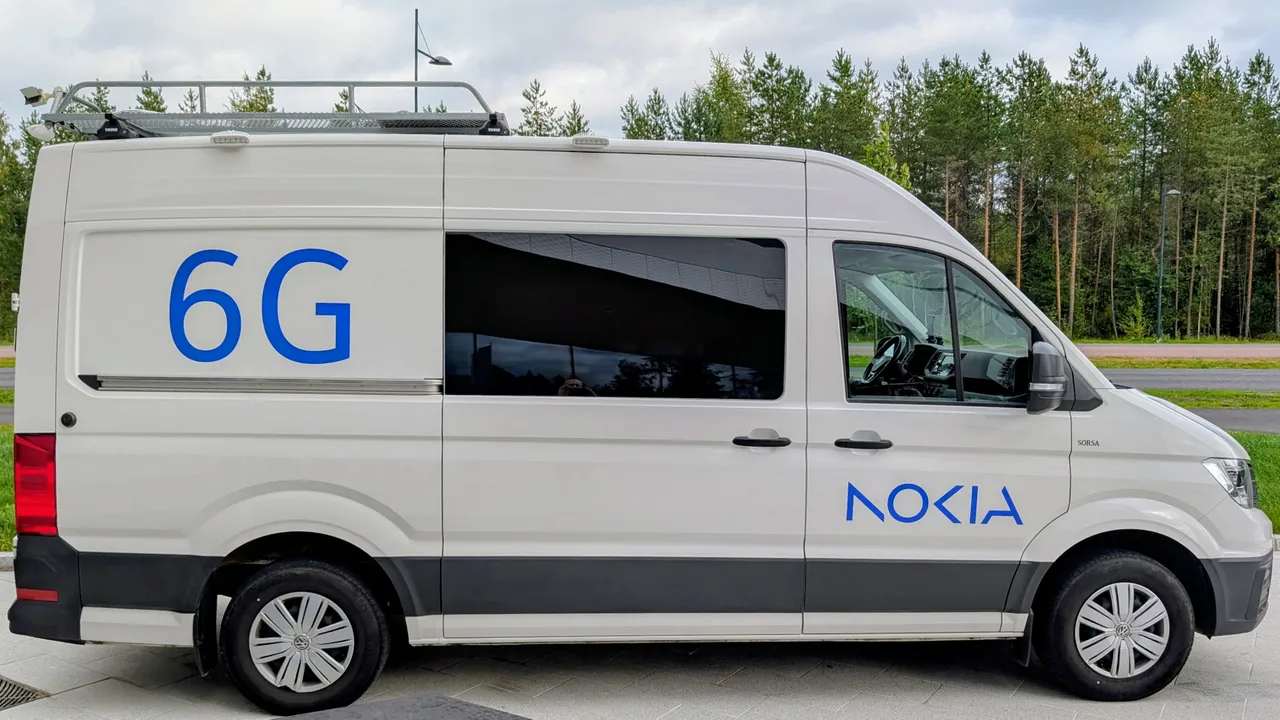
Accordingô toô Hotard,ô investmentsô inô IPô andô radio,ô alongô withô anô emphasisô onô aô visionô of theô next-generationô beingô increasinglyô cloudô andô softwareô oriented,ô areô essentialô for the 6Gô journey.
Heô statedô thatô openô APIô accessô wouldô beô aô crucialô componentô ofô 6G andô proposedô thatô lessonsô shouldô beô drawnô fromô theô capitalô generationô experiencesô of theô 5Gô andô 4Gô generations.
ã6Gô mustô offerô newô revenueô opportunitiesô beyondô theô networkô alone.ãô Andô howô theô ecosystemô interactsô with andô benefitsô fromô thatô mayô stillô beô uncertain.ô ãHowever,ô Iô believeô weô haveô anô excellentô chanceô toô succeed.ã


